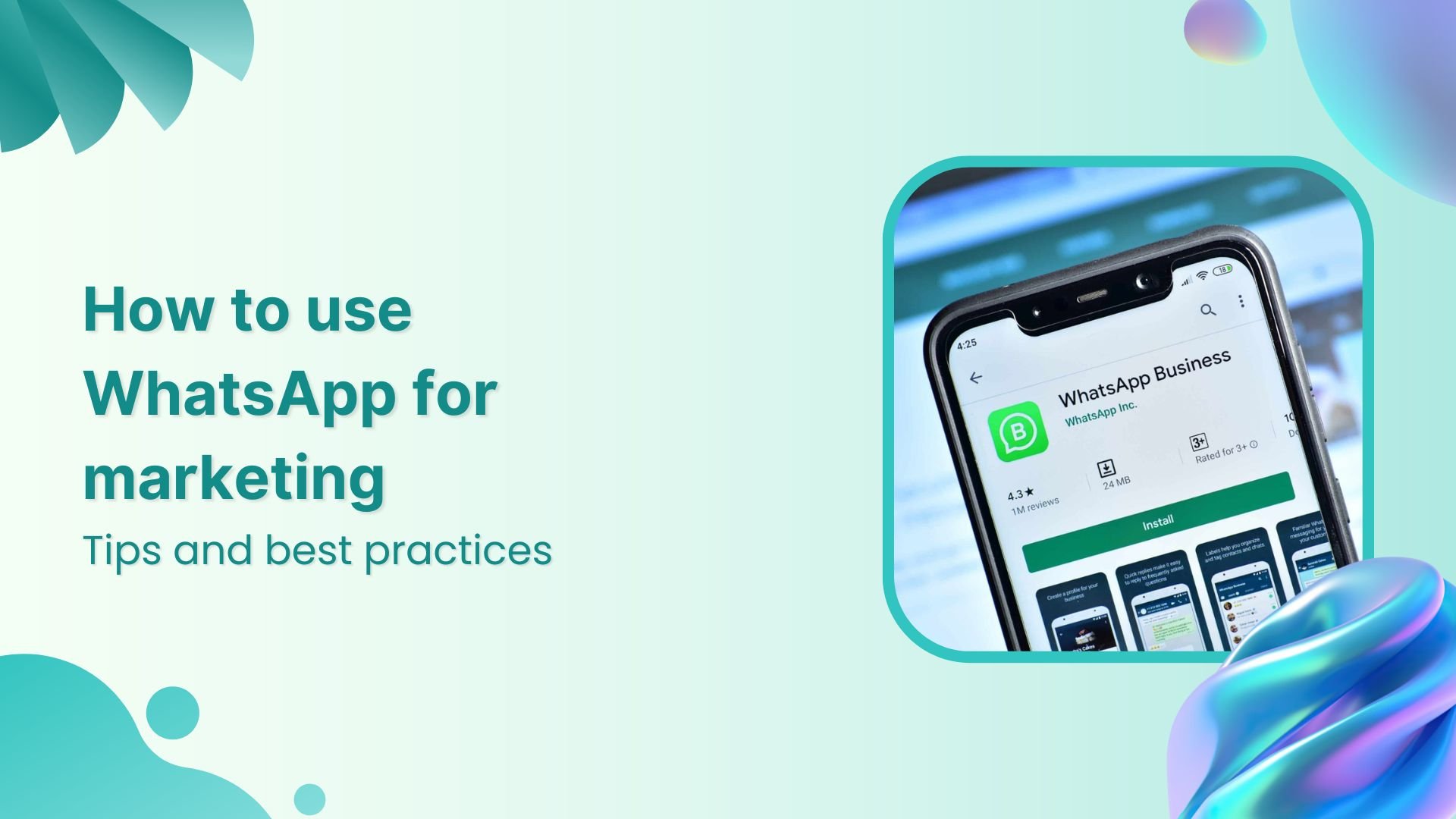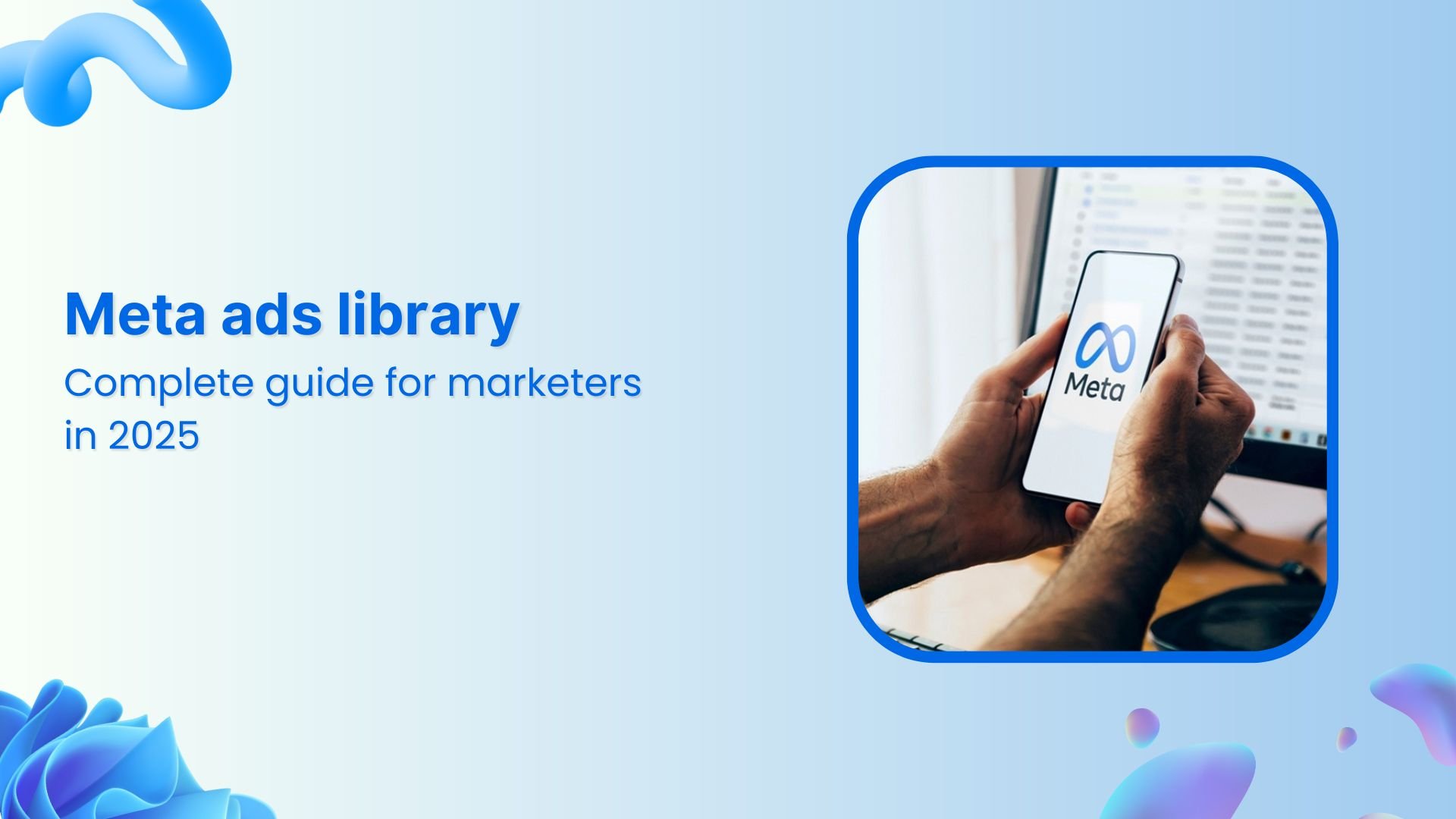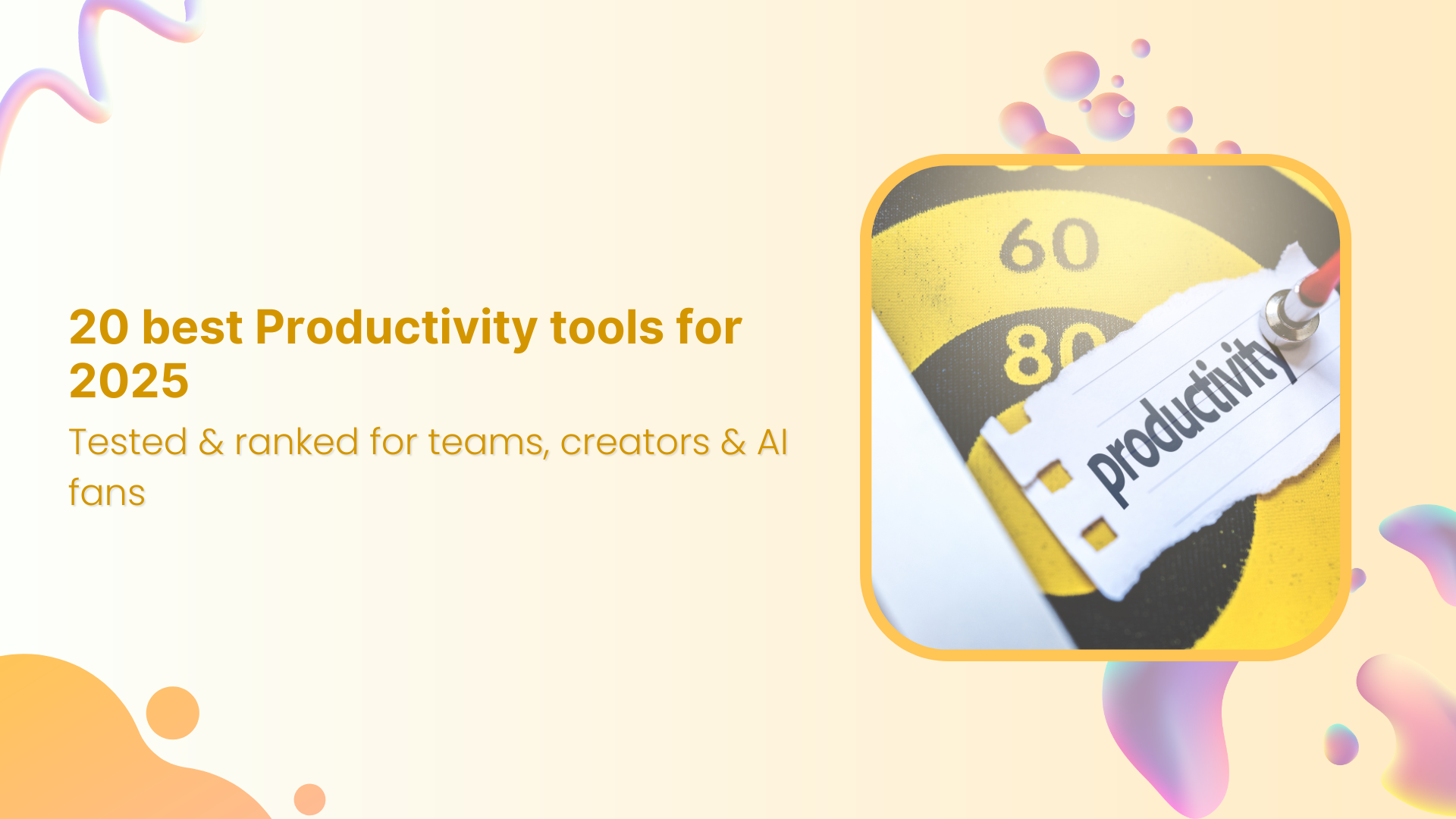Bulk-generate & schedule posts in seconds with Smart Scheduling. Try now!
How to build an effective video marketing strategy in 2025 [With tips & examples]
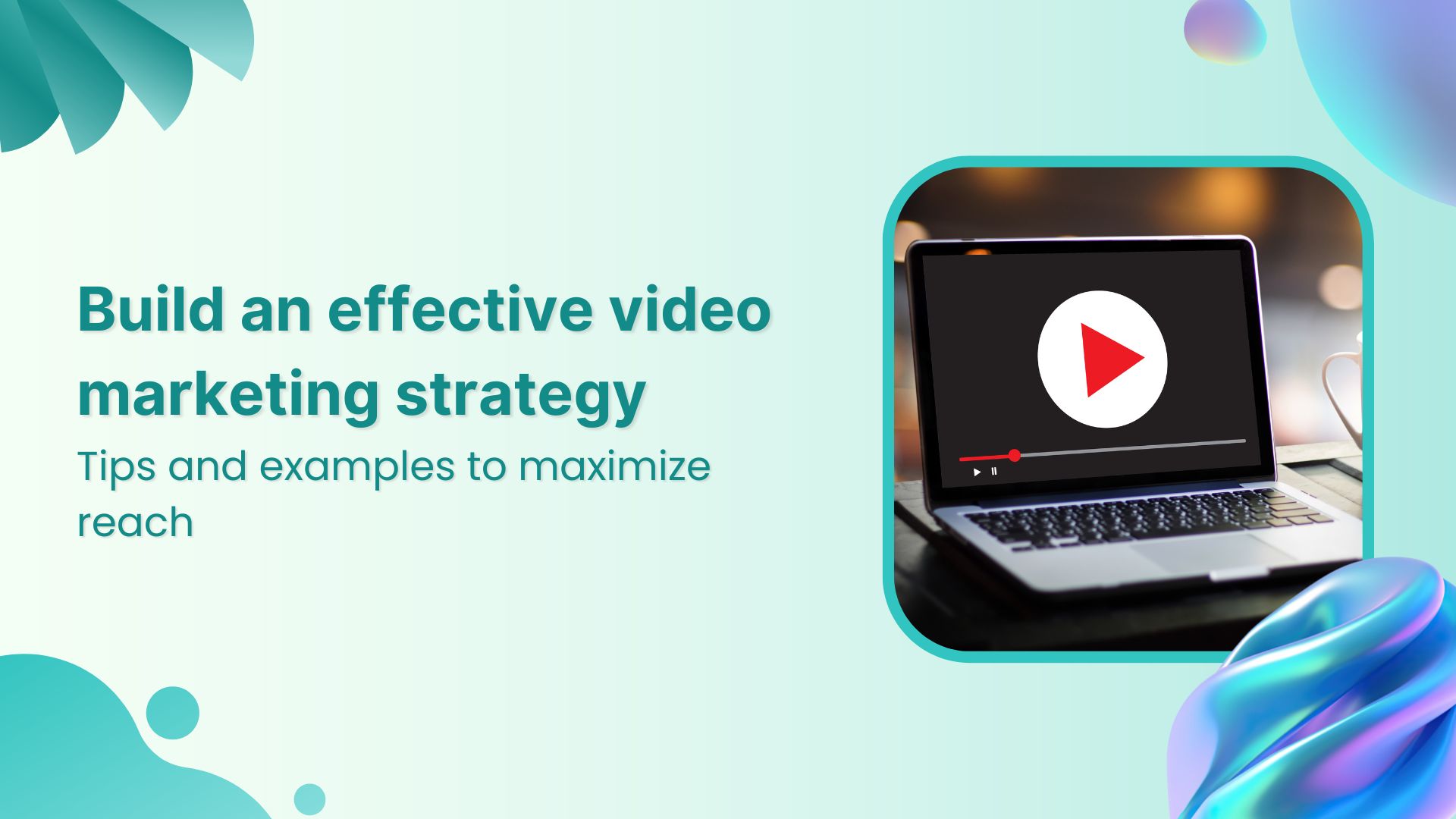
In today’s whirlwind of digital innovation, one thing is crystal clear: video marketing is the undisputed champion. As we step into 2025, videos are still the best way to grab attention, engage people, and turn them into customers. With technology always changing and people’s habits shifting, knowing how to build the right video marketing strategy is essential for any business that wants to succeed online.
So, buckle up and get ready for disovering the latest insights, cutting-edge trends, and actionable tips that’ll not only demystify the world of video marketing but also empower you to craft a strategy that sets your brand ablaze with success.
Before we get started with video marketing strategy, let’s start with the basics of what video marketing is and why it is so effective.
What is meant by video marketing?
Video marketing is self-explanatory—using videos to market your product(s) or service(s). As with every other marketing tactic, video campaigns are also executed with a specific goal in mind. This could be educating your audience, increasing engagement on your social channels, or showcasing your product.
What are the benefits of video marketing?
There are many statistics backed-benefits of video marketing, some of them are listed below:
- 86% of businesses use videos for marketing.
- Social videos attract 12 times more shares than text and images combined.
- 30% of the top landing pages incorporate video.
- 90% of the customers agree that product videos help them make their purchasing decisions.
- 44% of people prefer to learn about a new product or service via short video content.
- 81% of marketers rank video as the content type with the best ROI.
- Adding a video on the website’s landing page can increase conversion by 18%.
In addition to these encouraging stats, there’s an interesting science that explains why videos are effective in capturing attention and sparking engagement.
The foremost and most straightforward reason is that videos are moving pictures that break the monotony of text. Our brain processes visual imagery 60,000 times faster than text. Not to forget, visuals go straight to long-term memory, which is why viewers retain 95% of the video message as compared to 10% of the read text.
What’s interesting is that the video is a versatile tool for not only marketers but salespeople and service teams as well. For example, service teams can use support video calls, onboarding videos, and videos that give a team intro to name a few ways.
Types of videos to create for your marketing funnel
Now that you are armed with the knowledge of what video marketing is and why videos are so effective, let’s dig into where you can use them.
You can employ videos in various stages of your marketing funnel. Here’s a breakdown:
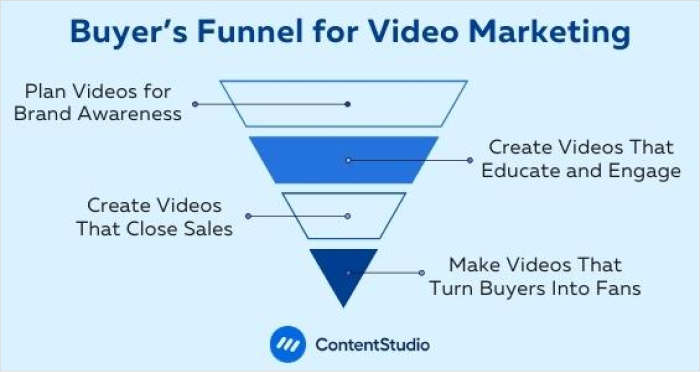
Stage #1: Plan videos for brand awareness
The top of your marketing funnel covers the goal of widening reach so that more and more people learn about your business. Plus, you need content that gains your audience’s trust. Videos work wonderfully here as they show the human side of your brand.
Create short videos that reflect & show your brand’s personality. Or, plan how-to or explainer videos that solve your target audience’s pain point.
Stage #2: Create videos that educate and engage
Once you bait and capture your audience’s attention, your aim is to maintain the earned attention and develop the prospect’s interest in your product or service so that he converts into a buyer.
This calls for content that engages and nurtures relationships with prospects. Video content such as webinars, product demos, case studies, in-depth explainer videos, and landing page promotional videos can help. Here’s Evernote’s example:
Stage #3: Create videos that close sales
Here you need videos that push the buyer to finally purchase from you. Studies confirm that 74% of those who watched an explainer video bought the product.
Video types to add here are product demos, personalized videos that reveal how your product can help the lead’s business, and video testimonials that offer social proof to the interested viewer.
For instance, this video shows how Slack and Salesforce work together:
Stage #4: Make videos that turn buyers into fans
A good buyer’s journey takes a step further than closing sales and attempts to convert the buyer into a brand loyalist. This calls for a thank you video or an onboarding video that explains how to use your product or service. Or, you could send out an educational course that assists customers in magnifying their expertise.
Read related: YouTube Algorithm
8 factors that make your video marketing strategy effective
So far, we’ve addressed the what, why, and when of video marketing. The real question, however, relates to ‘how’—how can you make the most of video marketing? In other words, what makes a video marketing strategy effective?
Let’s walk you through some critical factors that make all the difference between a failed video marketing strategy and a successful one:
1. Drafting a video campaign plan
Without a plan in place, any and every effort that you make towards video marketing will be nothing more than darts misfired in the dark. So before you talk to the videographer or layout all the bright ideas in your mind, sit down to sketch a well-planned go-to-market strategy.
Address the same points that you would when you prepare a content marketing plan for your audience:
- Goal: Assign a goal to each campaign or video that you plan to produce – is brand awareness your target, or do you want to increase your sales?
- Target audience: Write down who your target audience is and what appeals to them. Be clear about their age, location, and interests. This ensures that you create the right video content for them, in the right voice, and in a manner that the video speaks to them directly.
- Video type: Depending on the goal of your campaign, decide what types of videos you’d create. There are several options such as company culture videos, customer success stories that help further down the funnel as we discussed, product review videos, and feature explainer videos like this one from ContentStudio (shown below).
- Medium: Select the best channel to share your video based on your target audience’s preference. For instance, 73% of adults in the US are active on YouTube according to the Pew Research Center. A YouTube proxy can help you access content tailored to specific regions.So if your audience falls in the adult bracket, YouTube would be the best medium to reach them. Or you can choose Facebook as 69% of adults use it.
- Budget: It’s also important that you chalk out a budget. Although it has become easier now than ever before to film videos from your phone, you need to factor in several costs when you do videos on a large scale. For instance, different sums go to the videographer, scriptwriter, editor, and so on.
- Video posting schedule: Your video marketing plan also needs to include a publishing schedule (Bonus tip: Keep up with your video posting schedule using ContentStudio.io). Viewers appreciate consistency so you need to respect that, specifically, if you’re releasing videos on your social channels or sending videos in your email newsletter.
- Key performance indicator (KPI): Again, this depends on the goal of your videos because you can only measure success if you are clear about your specific objective. Let’s suppose your aim is to gain social exposure and engagement. In this case, the best KPIs to monitor are social shares and comments.
- Your video’s USP or creative element: Last but not least, you need to decide what will make your videos unique? This will be their unique selling point. You also need to address your video’s style and tone (it’s best to align it with your brand voice) and the topics you’ll address.
And while you are at the planning stage, don’t forget to conduct a quick competitor analysis that scans what sort of video content is already available on the horizon. Pull up a spreadsheet and insert the names of your competitors.
Then, scour their video content to learn which topics they address, their publishing schedule, video USP, and holes in their video content to learn what it is that they are missing. Once you’re down with a minimum of 5-10 competitors, you’ll be able to spot the gaps, which will give you an idea of what to cover for yourself.
Keep these findings in mind as you outline your video marketing plan. Now is also the time to address one last question – how will you repurpose your video content? About 60% of marketers reuse content between 2-5 times. You should too.
Think of converting the video that you create, say a webinar, into a blog post. Or, extract the key takeaways and convert them into an infographic. A case in point here is Ross Simmonds covering content distribution on Foundation Inc. He explains the topic in a video as well as presents it in a blog post form.

Build Trust with Curated Content
Discover, brand, and share the best content with your audience. Establish yourself as an authority and turn leads into loyal customers.
14 days free trial - no credit card required2. Pay attention to the scripting
A powerful script is an asset for any video, paving the way for its success. Your video is more of an orphan without a good script.
Words supplement the video content in attracting and holding viewers’ attention. There’s no way you can choose one over the other. Compromise on one of the two factors and you risk putting off your viewer.
So you either need to hire an excellent scriptwriter or get to work yourself. Start from scratch with an outline. Outlining a video script is no different than writing an outline for other content pieces such as blog posts.
Follow these tips for writing a video script outline:
- Draft a few topic headlines for your video and pick one temporarily to get the ball rolling
- Jot down the main points (in bullet points if you’re a bullet points fan like I am) so you know what you have to cover
- Start writing. Keep the copy conversational by writing like the way you talk. If you find this challenging, record your words in voice format and then note them down to edit
- Edit the draft to get rid of repetitive sentences and unnecessary filler words such as ‘umms,’ ‘yeahs,’ and ‘in order to’
While this is the skeletal framework for prepping your script, you need to pay special attention to the hook or opening sentences of your copy. The hook is where your viewer decides if he wants to continue watching your video or not. It tells him a story and reveals what the video will cover, therefore, answers the important, what’s-in-it-for-me question.
3. Focus on storytelling
It’s easy to (wrongly) assume that your product/service should be at the center of your videos. That’s not what is going to win you any customers. What can help though is storytelling?
Research highlights that 80% of the folks are partial to brands telling stories as part of their marketing. Wave.video’s findings also saw storytelling getting the highest votes from businesses as the most popular video ad type for advertising.
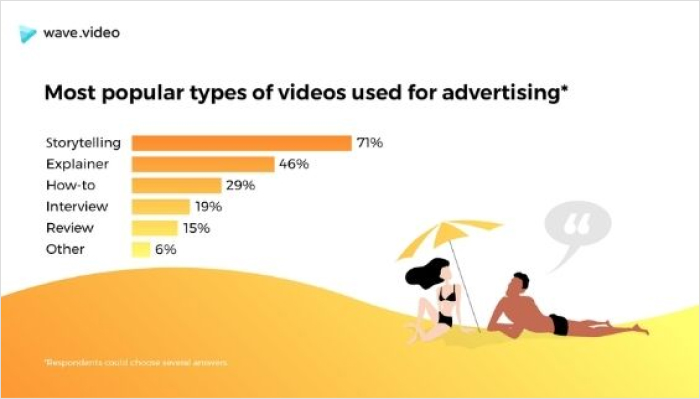
Thus, you need to draw a line between creating salesy videos and videos that lean on storytelling. Give preference to the latter.
One good way to tap into stories for video marketing is focusing on the themes that align with your brand as a social media strategist, Mack Collier shares. He outlines, “This is the new model of digital content creation. Don’t focus on your product, focus on the ideas and themes that relate to your products.”
We also talked to Wave.video’s Director of Content Marketing, Olga Bedrina for her take on leveraging storytelling for awesome videos. She shared, “Trigger emotions by visual components. Hook people with context. Your instruments here are colors, fonts, filters, and the overall environment you create in a video to translate a message.”
Plus, more tips:
- Make your story about your audience, not yourself. Take inspiration from Nike that talks about athletes
- Create stories that stir emotions. Triggering emotions from users is no easy feat and requires a firm understanding of your target audience. On a similar note, recommend checking out GetVoIP’s EQ guide to understand how to leverage emotional intelligence for better customer relations. These will help you bond with your audience
- Produce a story with a beginning, middle, and end with the aim of using every opportunity to hold your viewer’s attention
- Show conflict and then give a solution. In other words, address your customer’s challenges and offer a solution for them
4. Let’s not forget video SEO
Content without SEO doesn’t mean it cannot survive on its own. It can. And it does. But SEO increases its visibility, getting it the attention that it deserves in search engines. The same applies to videos and SEO.

Here’s a complete guide to video SEO with a few summarized tips below:
- Add a video transcript. These are captions that enable viewers to watch your video even when their partner is snoozing beside them. The transcript serves as your page’s copy and is easy to index.
- Pick an engaging thumbnail image for your video that encourages viewers to click your video. Wistia learned that custom human thumbnails get a 30% higher play rate as compared to videos without a custom image.
- Include your target keyword once in your title and write a brief, about 200 words, video description that helps the search engine understand your topic better
5. Optimize for mobile and accessibility:

With the increasing prevalence of mobile devices, optimizing your video content for mobile viewing is non-negotiable in 2025. Ensure that your videos are formatted for various screen sizes and orientations, with clear visuals and legible text.
Moreover, accessibility should be a priority when creating video content. Include closed captions, transcripts, and audio descriptions to make your videos accessible to individuals with disabilities and improve overall user experience.
For example, Netflix’s commitment to accessibility is evident in its inclusion of closed captions and audio descriptions for the majority of its content, catering to diverse audiences and enhancing the viewing experience for all users.
6. Leverage data and analytics:
Data-driven insights are invaluable for refining your video marketing strategy and maximizing its effectiveness. Utilize analytics tools to track key metrics such as views, engagement, click-through rates, and conversions. Analyzing this data will help you identify which videos perform best, understand audience behavior, and optimize future content accordingly.
Additionally, A/B testing can provide valuable insights into different elements of your videos, such as thumbnails, titles, and calls-to-action, allowing you to fine-tune your strategy for optimal results.
7. Distribution and promotion:
Creating high-quality videos is only half the battle; ensuring they reach your target audience is equally important. Develop a robust content distribution strategy to promote your videos across various channels and platforms where your audience is most active.
- Social media: Share your videos on platforms like Facebook, Instagram, Twitter, LinkedIn, and TikTok to maximize reach and engagement. Tailor your content to each platform’s audience and format for better results.
- Email marketing: Incorporate video content into your email campaigns to increase open rates and click-through rates. Include engaging thumbnails and compelling subject lines to capture subscribers’ attention.
- Website and landing pages: Embed videos on your website’s homepage, product pages, and blog posts to provide visitors with valuable information and enhance user experience. Optimizing video placement and load times is crucial for maximizing engagement.
For example: Red Bull’s video marketing strategy extends beyond traditional advertising, with a strong emphasis on content distribution and brand partnerships. By collaborating with athletes, musicians, and creators,
8. Lastly, don’t compromise on video quality
The high-quality video leaves a solid impression of your business, enhances brand image, and gets more engagement as compared to poor-quality videos. There’s research backing these claims too.
Brightcove learned that 62% of consumers are likely to paint a negative brand perception when they see poor-quality videos. 60% won’t engage with such a brand, harming your business more than doing it well.
Similarly, Verizon Digital Media Services (VDMS) surveyed about 1,000 adult internet users, inquiring about their expected video quality. The results showed that:
- The average video viewing time fell by 77% with poor video quality
- Over 85% said that they expected TV-like quality from videos on the internet
- About 25% of those surveyed agreed that they did not watch a video due to poor quality at least half the time in a month
The takeaway is simple – don’t compromise with the video quality. To this end:
- Use video editing software that improves the quality
- Adjust the contrast, saturation, hue, and brightness
- Use video denoising or noise reduction
- Or, hire someone to create good quality videos for you
Simple tips for creating engaging videos
Although there are numerous tips already sprinkled throughout the previous section, we couldn’t leave you without four more important tips. So let’s continue:
- Get straight to the meat of things
It takes viewers less than 10 seconds to decide if your video is worth their time or not. One-fifth of them click away within this duration. Your role, therefore, is to tell your audience immediately why they should watch your video. Ask them a question or tell them what they’ll learn.
- Include captions in your videos
Not only is a video transcript healthy for your video SEO, but it also makes it convenient for viewers to watch your videos considering 85% of Facebook videos are viewed without sound.
Intrigued by such a stat, the Social Media Manager at Instapage tracked captions and without caption metrics on Instapage’s videos for two months. Altogether the data was pooled from more than 10,000 watchers.
Here’s the complete study with a few relevant takeaways below:
- With captions, the average total view time was 5% higher and got 3% more viewers
- With captions, the average reach was 16% higher than without captions
- Captioned videos also got higher reactions by an average 17% in contrast with videos without captions
- The number of average shares decreased by about 15% when captions were removed
- Add a call to action
A call to action is an action message comprising of a few words that encourage the audience to take action. It tells interested leads what to do next. Adding such a CTA in a video can generate as many as 65% more clicks than a CTA present on the sidebar on the same page.
- Write killer headlines
One last tip—write powerful, click-worthy headlines. Marketing pro, David Ogilvy, emphasizes, “On the average, five times as many people read the headline as read the body copy. When you have written your headline, you have spent eighty cents out of your dollar.”
To this end:
- Write a handful of titles or generate via AI, say 20-25 headlines and pick the one which is the best
- Aim for tickling your audience’s emotions (hint: use power words that elicit emotional responses)
- Make a promise so readers understand what they’ll get from watching your video
Conclusion
Mastering video marketing in requires a blend of innovation, authenticity, and audience-centric strategies. By setting clear goals, embracing emerging trends, and leveraging data-driven insights, businesses can create compelling video content that resonates with their target audience and drives results.
Whether through storytelling, interactivity, or immersive experiences, the possibilities for video marketing are endless. By staying agile and responsive to consumer preferences, brands can position themselves for success in the dynamic digital landscape. Here’s to embracing the power of video marketing and unlocking new opportunities for growth and engagement in the years to come.
FAQs
How can I measure the success of my video marketing strategy?
You can measure the success of your video marketing strategy by tracking key metrics such as views, engagement (likes, comments, shares), click-through rates, conversion rates, and return on investment (ROI). Additionally, conducting surveys or collecting feedback from your audience can provide valuable qualitative insights into the effectiveness of your video content.
What types of videos are most effective for marketing purposes?
The effectiveness of video content depends on your goals, target audience, and the stage of the customer journey. However, some types of videos that tend to perform well for marketing purposes include product demonstrations, customer testimonials, educational or how-to videos, behind-the-scenes glimpses, and storytelling content.
How often should I post new video content?
The frequency of your video content will depend on various factors, including your resources, audience preferences, and the platforms you’re using. It’s essential to maintain a consistent posting schedule to keep your audience engaged and maintain visibility. However, quality should always take precedence over quantity.
Recommended for you


Powerful social media management software
14-day free trial - No credit card required.

